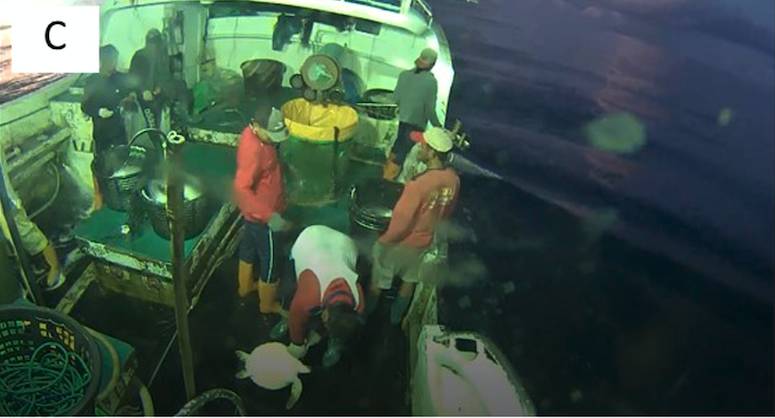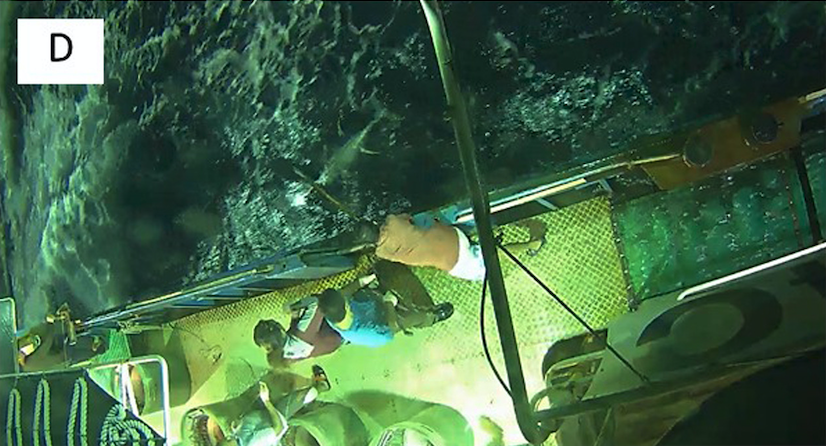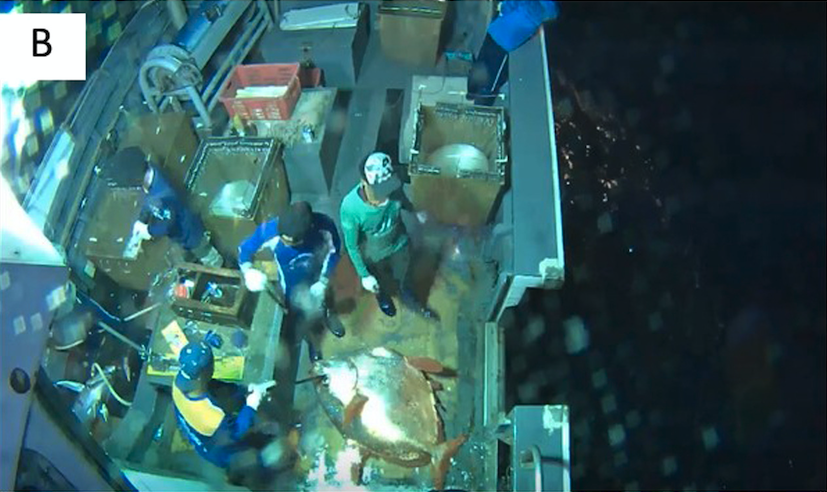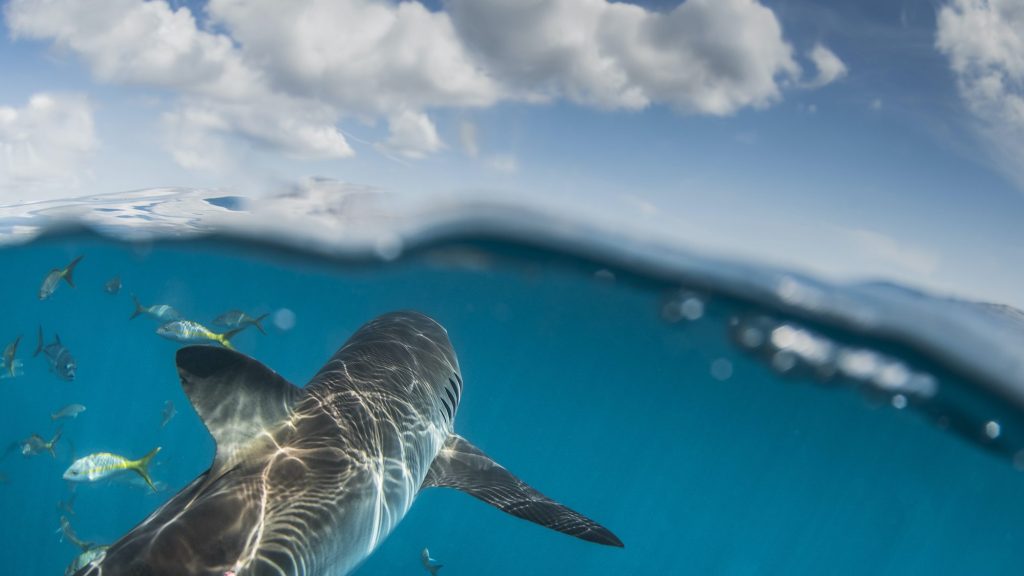New science from The Nature Conservancy finds that electronic monitoring can provide much-needed data on catch and discards on longline tuna fisheries. The results have implications for improving fisheries management and for reducing bycatch of threatened species.
The Gist
The researchers trialed electronic monitoring of longline fisheries in three Pacific nations — Palau, Marshall Islands, and the Federated States of Micronesia — beginning in 2016. They compared catch rates of market and bycatch species in electronic monitoring (EM), logbooks, and human observer data.
The results, published recently in Marine Policy, found that catch numbers in logbooks were under-reported by up to three times compared to EM data. The data show that catch records from logbooks reported fewer species than EM data, and often failed to record discards of many species, including threatened sharks and marine turtles. Catch-rate estimates from EM data were comparable to those estimated by human observers.
The Big Picture
The western Pacific tuna longline fishery includes more than 26 nations fishing across half of the Pacific Ocean. Due to its large size and scale, the fishery is notoriously data-poor.
“There is just very little data on non-market species caught in this massive fishery,” says Eddie Game, the lead scientist for Asia Pacific at The Nature Conservancy and co-author on the research. “The fishing boats keep records of the tuna they catch and keep in a logbook, however, they often don’t record when they catch something and discard it, like sharks, turtles, or other species of pelagic fish that are not worth keeping.”
Accurate catch data is essential for sustainable fisheries management and it can impact the assessments of threatened or protected bycatch species. Human observers can provide more accurate data than logbooks, but they can be expensive and logically difficult to coordinate. This fishery in particular has critically lower numbers of scientific observers, with many fleets not meeting the 5 percent minimum observer coverage rate.
The hope is that electronic monitoring systems can help fill the data gap.
In the trial, boats were fitted with 3 to 4 high-resolution cameras that record what fish are hauled in on the lines. The footage is stored on hard drives and collected when the boat returns to port. Trained staff then review the footage and identify the different species being caught.
“Other nations have tested EM before, but this is the first time it’s been trialed in a fishery that operates at massive scale across so many nations and such a large geographic scale,” says Chris Brown, a marine ecosystem modeler at Griffith University and lead author on the paper.



The Takeaway
So far, countries have been reluctant to expand EM trails due to the cost of the systems and data review, as well as the logistical challenges of installation, remote diagnostics, and maintenance. These results show that overcoming those barriers is worthwhile, as EM can fill a significant data gap and allow for improved fisheries management of both target species and bycatch.
“By virtue of being able to be placed on more vessels and record all the fishing activity on those vessels, EM systems can allow us to look at bycatch patterns associated with different fishing strategies,” says Game. The data showed that in Palau, lines set closer to the surface tend to catch more turtles and silky sharks, and those set deeper tend to catch more blue sharks and thresher sharks. “Our data revealed a complex picture that often involves trade-offs,” adds Game. “There’s no silver bullet to reducing bycatch, but these data can be really useful when the conservation of particular species is of concern.”




Join the Discussion